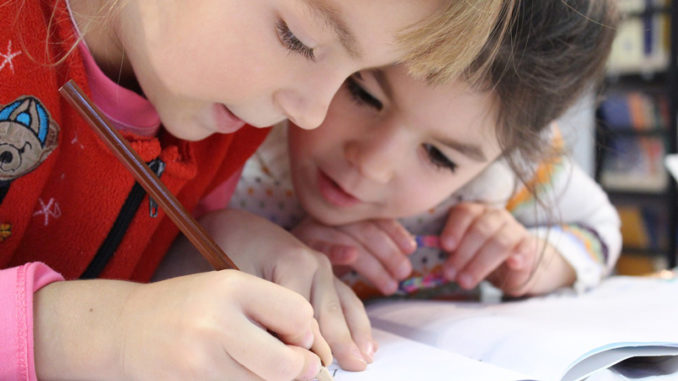
Published in El Pais, 6th of June 2019.
The past days I attended an educational coaching workshop given by Javier Bolaños Alonso at the Universidad Privada Boliviana. This workshop was based on techniques to generate emotions in order to improve teaching-learning. I am going to share some of these techniques with you.
- Generate a feeling of belonging. This can be achieved if the students feel they are part of the course schedule, the way to carry it out and its rules. The two consequences of this planning are a greater discipline and an improvement of the attention. All will try to collaborate in the progress and the dynamics of classes to achieve the agreed goal.
- Use an enhancing and motivating language. Many teachers have language focused on the student’s failures, which reduces their self-esteem and their security, and makes them rebellious to listen to the teacher. This creates a classroom full of undisciplined or unmotivated people. Others create fear in their classes which only temporarily serves to study, but what happens when the student has lost the fear of the teacher? Focusing on positive aspects such as the recognition of skills and abilities, has been shown by neuroscience to have a better influence on learning, attention and long-term memory (Chai, Hafeez and others, 2017).
- Use nonviolent communication. Many of us communicate with words that generate fault in the other, or phrases that judge him negatively or provoke a negative reaction. It is important to say what one believes or feels, but assertively and peacefully. In this way the student will be able to understand what is being told to him.
- Move to motivate creativity. Long class periods are tedious and do not maintain attention for learning. It is good to cut the class in different parts to maintain attention and especially creativity using group activities or others forms in between the theoretical class.
- It is important to convey the passion for the subject. If the teacher shows passion for his subject, he will surely transmit this feeling to his students. Many times, the teacher shares his experience, what he has discovered and relates it to the subject. This relationship bases the learning on the teacher’s passion and ability to use what he teaches theoretically. The enthusiasm is contagious.
The use of these (and other) strategies will stimulate a better behavior in the classroom, the motivation to learn and to memorize in the long term. If we are looking for ways to improve teaching-learning, try to include emotions such as safety, joy, admiration and curiosity, among others to our class. A good class helps the welfare of both the teacher and the students.



Be the first to comment